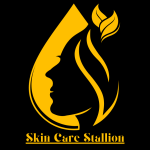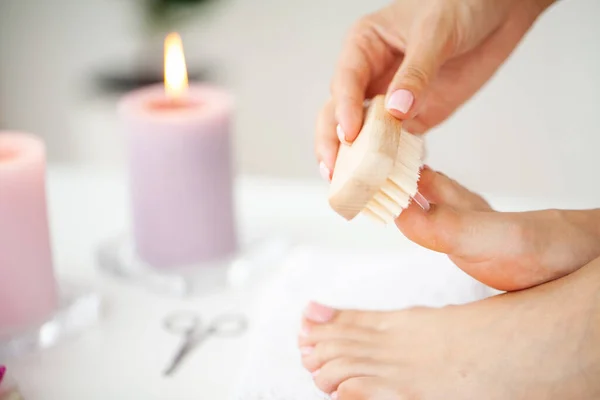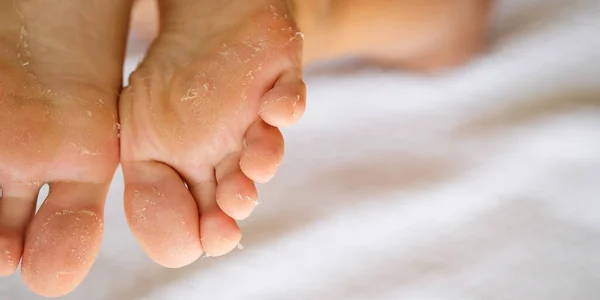Discover effective solutions and practical tips on how to get rid of hard skin on feet with our comprehensive guide. Say goodbye to rough, uncomfortable soles and achieve smoother, healthier feet effortlessly. Explore expert advice and DIY remedies to tackle hard skin on your feet successfully.
Embarking on a journey towards silky, soft feet is not just a quest for aesthetic perfection; it’s a declaration of self-care and pampering. The battle against the relentless adversary known as hard skin on your feet requires more than just a fleeting pedicure.
It demands a strategic approach, a fusion of science and indulgence to unveil the hidden allure beneath the calloused exterior. So, lace up your determination, because we are about to unveil the secrets of a foot transformation that goes beyond the ordinary a guide to liberate your soles from the tyranny of hard skin and unleash the true potential of happy, healthy feet.
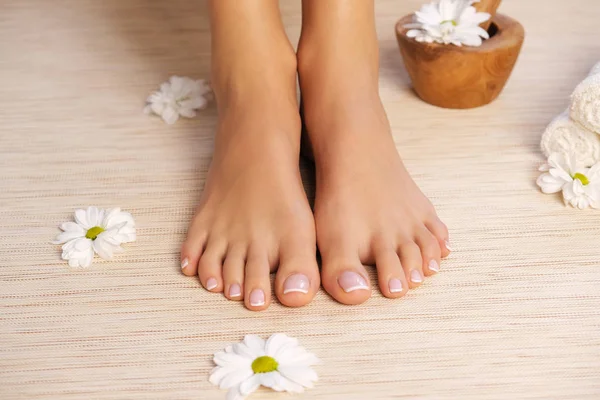
How To Get Rid Of Hard Skin On Feet
Are you tired of dealing with hard skin on your feet? You’re not alone. Many people struggle with this common issue, but the good news is that there are effective ways to address it. From simple home remedies to specialized products, here’s your guide to achieving soft, smooth feet.
Understanding the Problem
The Origins of Hard Skin on Feet
Hard skin, often referred to as calluses or corns, develops as a result of repeated friction or pressure on the skin. This can be caused by ill fitting shoes, walking barefoot, or certain medical conditions.
Home Remedies for Softening Feet
Soaking and Exfoliating
A popular and natural approach involves soaking your feet in warm water mixed with Epsom salt, followed by gentle exfoliation using a pumice stone. This helps to soften the hardened skin and remove dead cells.
Moisturizing Techniques
Regularly moisturizing your feet is crucial in preventing and treating hard skin. Opt for rich foot creams containing ingredients like urea, salicylic acid, or alpha hydroxy acids to keep the skin hydrated and supple.
Choosing the Right Footwear
Selecting Comfortable Shoes
One of the primary causes of hard skin is wearing shoes that don’t fit properly. Invest in comfortable, well-fitted shoes with ample support to reduce friction and pressure on your feet.
Insoles and Cushions
Consider using insoles or cushions to provide additional support and alleviate pressure points. Gel or silicone inserts can be particularly effective in reducing the impact on specific areas of your feet.
Medical Intervention and Professional Care
Seeking Professional Advice
If home remedies and lifestyle changes don’t yield the desired results, it’s advisable to consult a podiatrist or dermatologist. They can provide personalized recommendations and, if necessary, perform procedures to address severe cases of hard skin.
Understanding Hard Skin
Causes of hard skin on feet
Friction and Pressure
Hard skin on feet often stems from repeated friction and pressure, a common issue faced by many individuals.
Ill-fitting Shoes
Wearing shoes that don’t fit properly can lead to the development of hard skin, a discomfort described by many as “foot calluses” or “painful corns.”
Lack of Moisture
Dry skin is a contributing factor, with many people expressing concerns about “dry, rough feet” or “cracked heels” related to insufficient moisture.
Identifying Different Types of Hard Skin
Understanding the nuances of hard skin is crucial. This includes recognizing various types such as “calluses” and “corns,” terms commonly used by individuals seeking solutions for their foot problems.
Potential Complications if Hard Skin is Left Untreated
Ignoring hard skin can lead to severe complications, a risk described by individuals as “foot pain,” “difficulty walking,” or “ongoing discomfort.” Timely intervention is key to preventing more serious issues.
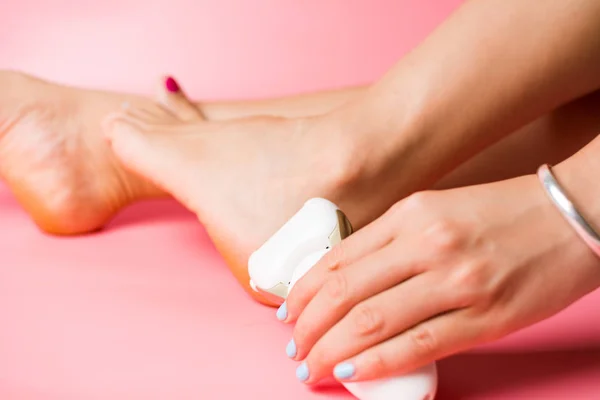
Preparation
Gathering necessary materials
Pumice stone or foot file
Begin by securing a high quality pumice stone or foot file to effectively remove calluses and dead skin from your feet. A gentle yet abrasive tool is essential for achieving smooth results.
Epsom salts
Elevate your foot care routine with the therapeutic benefits of Epsom salts. These mineral-rich crystals dissolve in warm water, providing a soothing and relaxing soak that can help alleviate foot discomfort and reduce inflammation.
Moisturizing cream or lotion
Enhance the softness of your feet by selecting a nourishing moisturizing cream or lotion. Look for ingredients like shea butter or coconut oil to keep your skin hydrated and supple, combating dryness and promoting overall foot health.
Warm water
Prepare a basin of comfortably warm water to soak your feet. The warmth not only enhances the efficacy of your foot care routine but also promotes relaxation, making the entire process more enjoyable.
Towel
Have a soft and absorbent towel on hand to gently pat your feet dry after soaking. This step is crucial for preventing excess moisture, which can contribute to issues like fungal infections.
Creating a comfortable and safe workspace
Ensure you have a designated and comfortable space for your foot care routine. Consider a chair with proper back support to prevent strain during the process. Maintain good lighting to accurately assess your feet, and lay down a towel to catch any debris. Your safety is paramount, so choose a workspace free from obstacles or potential hazards.
Soaking and Softening
In the realm of foot care, the fourth step takes us into the soothing world of “IV. Soaking and Softening.” This pivotal stage involves immersing your feet in warm water, a practice celebrated for its rejuvenating effects. Elevate your soak by incorporating Epsom salts, renowned for their enhanced softening properties.
The duration of this therapeutic plunge is a crucial consideration, with experts recommending a session of 15-20 minutes for optimal results. This ritual is not merely about relaxation; it serves a dual purpose by preparing the ground for the subsequent removal of hard skin.
The importance of softening before removal cannot be overstated, as it not only facilitates a more comfortable process but also ensures a more effective outcome. Embrace the transformative power of soaking and softening, as you pamper your feet and set the stage for a revitalized stride.
